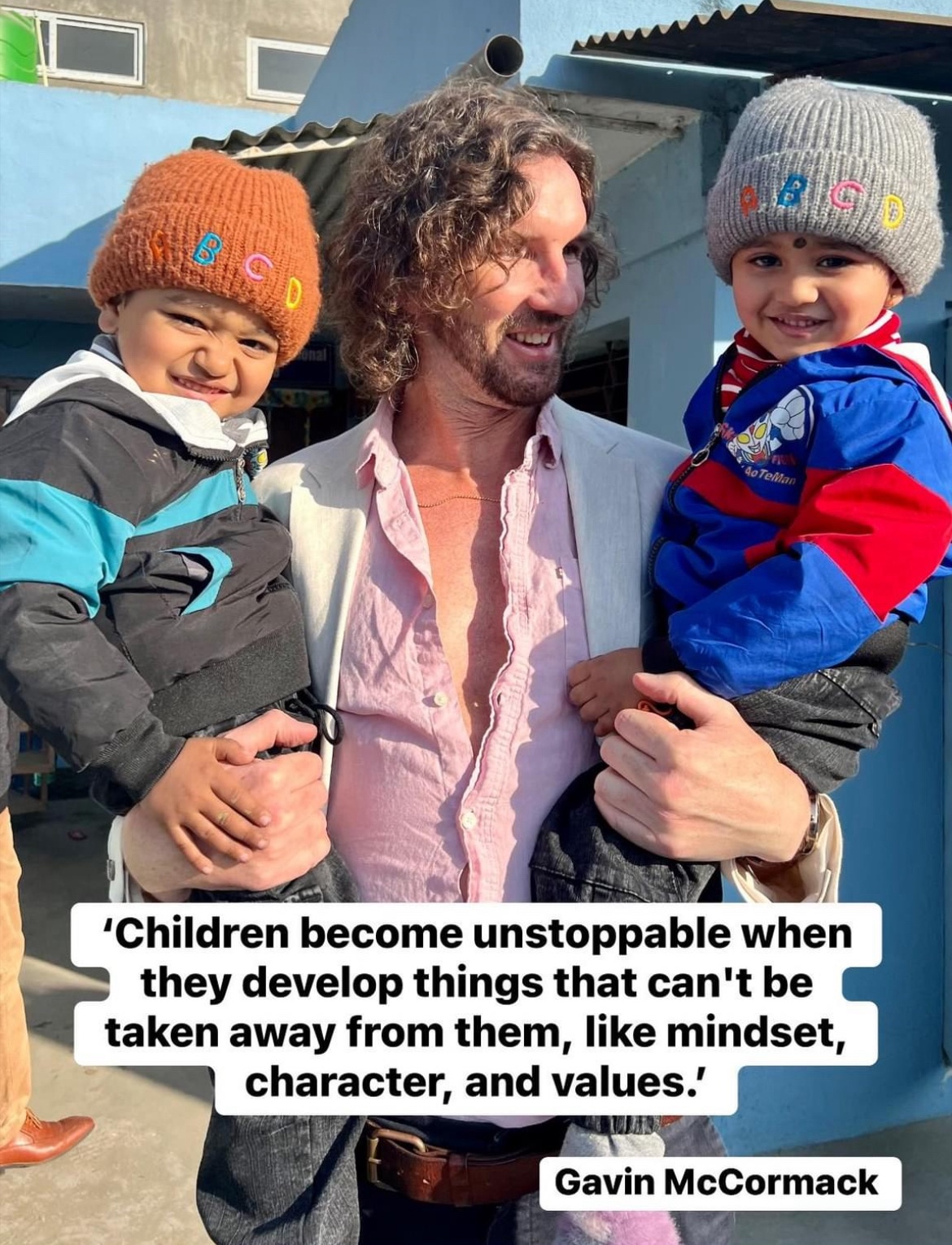Creating an effective work-life balance is essential for teachers, who often find themselves juggling an array of tasks both inside and outside the classroom. Prioritizing workload is not just about managing time; it’s about managing energy. The ‘Manage Your Energy’ model proposes a dynamic shift from a traditional to-do list to a more nuanced approach that categorizes tasks based on their impact on our energy levels.

Harnessing the Power of Energy Management
Within the classroom walls, teachers light the spark of knowledge, but the energy to do so must be cultivated with care. The ‘Manage Your Energy’ model empowers teachers to categorize and approach their tasks in a way that optimizes their vitality.
Tasks That Energize: These are the tasks that ignite a teacher’s passion, such as crafting engaging lessons or participating in enriching professional development. These activities are not just items on a checklist; they’re the moments where teachers feel most alive and purposeful.
Tasks That Maintain: The day-to-day essentials that keep the classroom running can often feel like they’re on an endless loop. From grading assignments to attending staff meetings, these tasks are the gears that keep the educational machine in motion. It’s crucial to approach these with a measured pace, ensuring a consistent output of energy.
Energy Drainers: Then there are the inevitable tasks that seem to pull the plug on your enthusiasm. Discipline issues, administrative red tape, and challenging interactions can deplete any teacher’s reserves. Identifying these drainers is the first step toward mitigating their impact.
Applying the Model
To weave this model into the tapestry of daily teaching, one must:
- Identify and Categorize: Take inventory of your tasks and sort them into categories that resonate with how they affect your energy.
- Prioritize with Purpose: Align your tasks with your energy peaks and troughs. Let your internal rhythm guide when to tackle each category.
- Set Boundaries: Establish limits to protect your energy. It’s more than acceptable to delegate or delay tasks that don’t align with your professional path or personal wellbeing.
- Seek Support: Embrace the power of community. Teaching is a collective endeavor, and sharing the load can make all the difference.
- Reflect and Adjust: Keep the conversation with yourself open and ongoing. Adapt your strategies to the ever-changing educational landscape.
The Bigger Picture
This model is more than a method; it’s a mindset. For teachers to deliver the passion that is the hallmark of great education, they must first nurture their own energy. By prioritizing tasks based on energy management, teachers not only preserve their zeal for their vocation but enhance their effectiveness within the classroom. This approach is a commitment to oneself and, by extension, a commitment to the future shaped within the classroom walls. It’s about bringing one’s best self to the forefront, every day, for every student.









